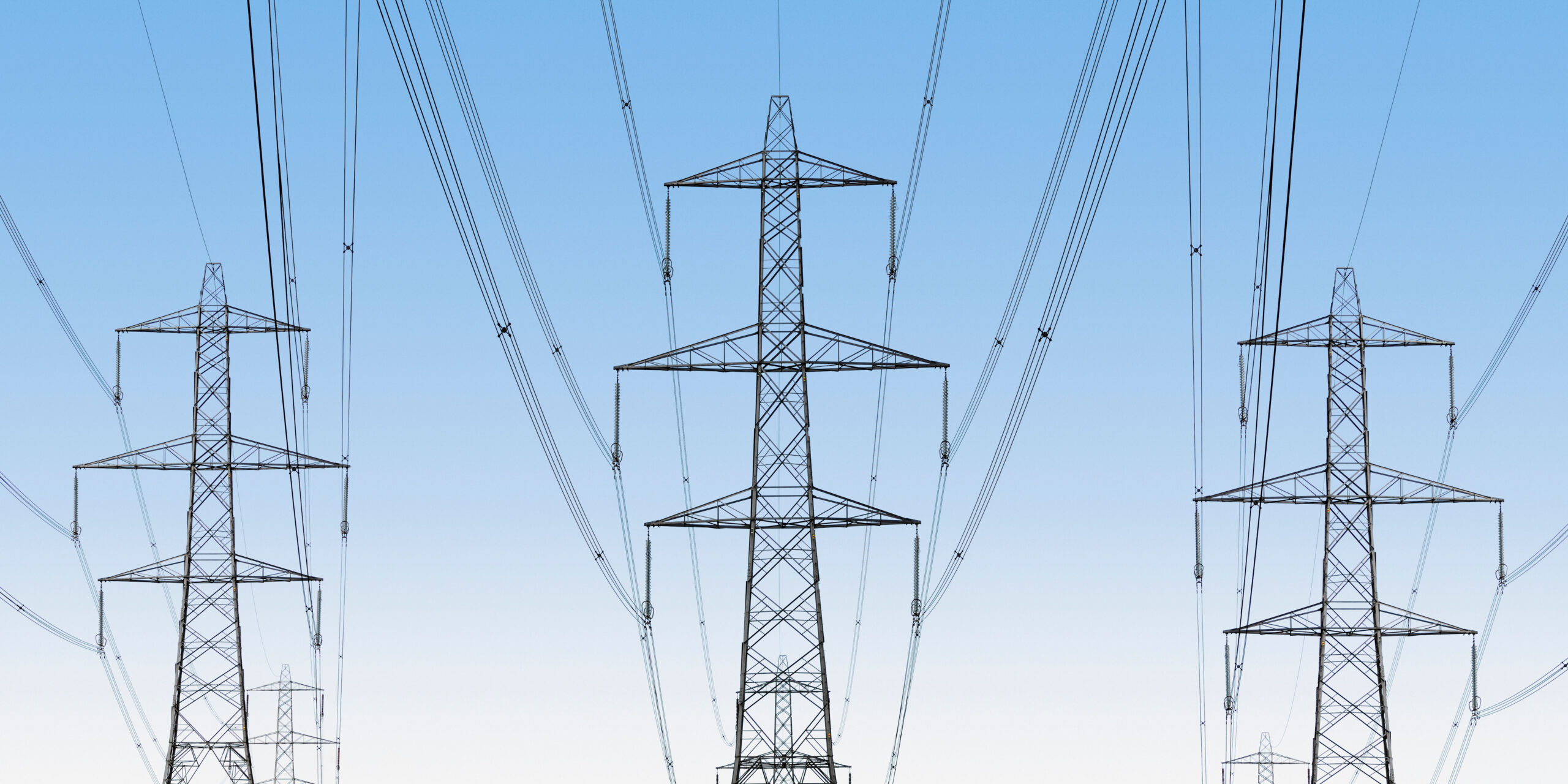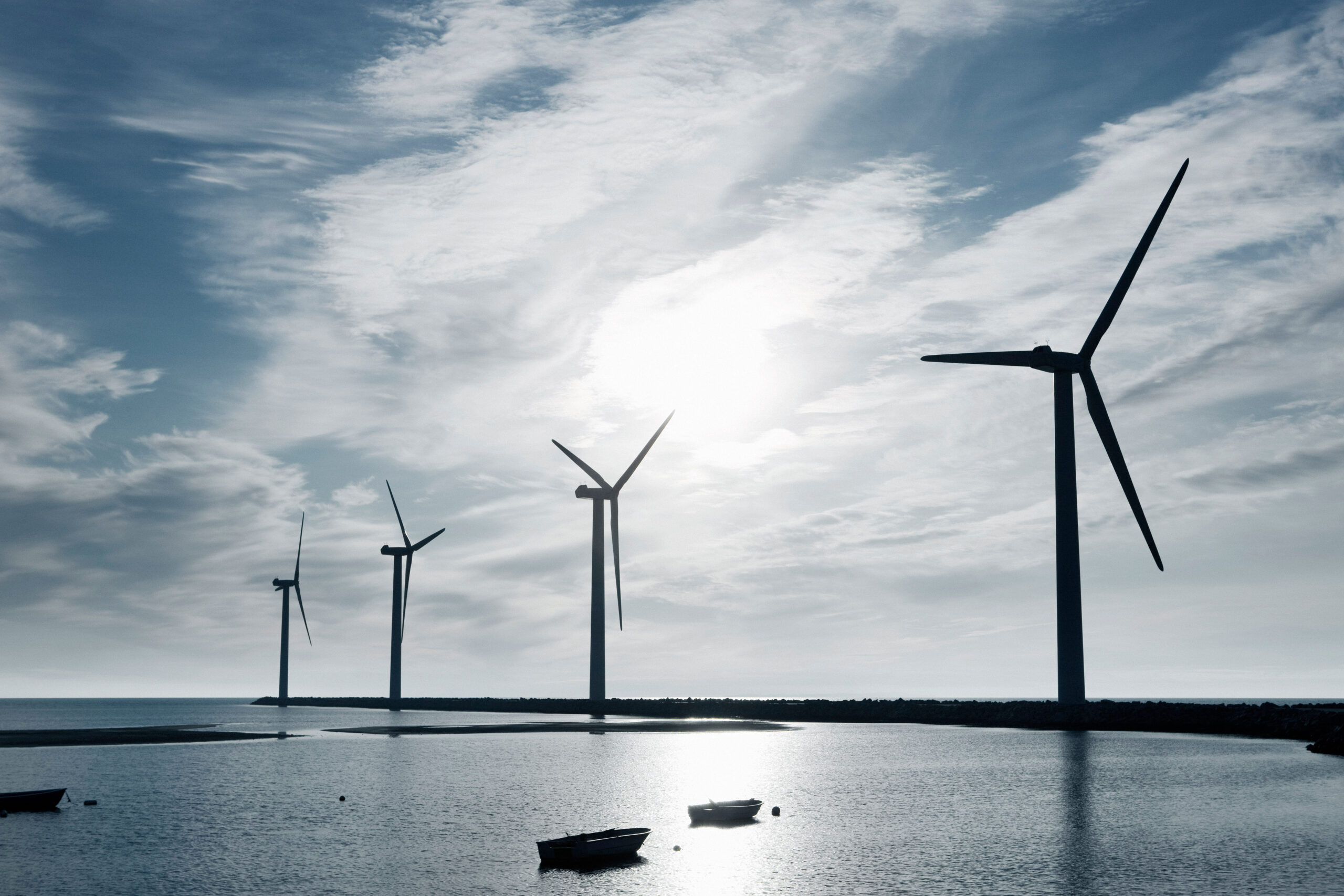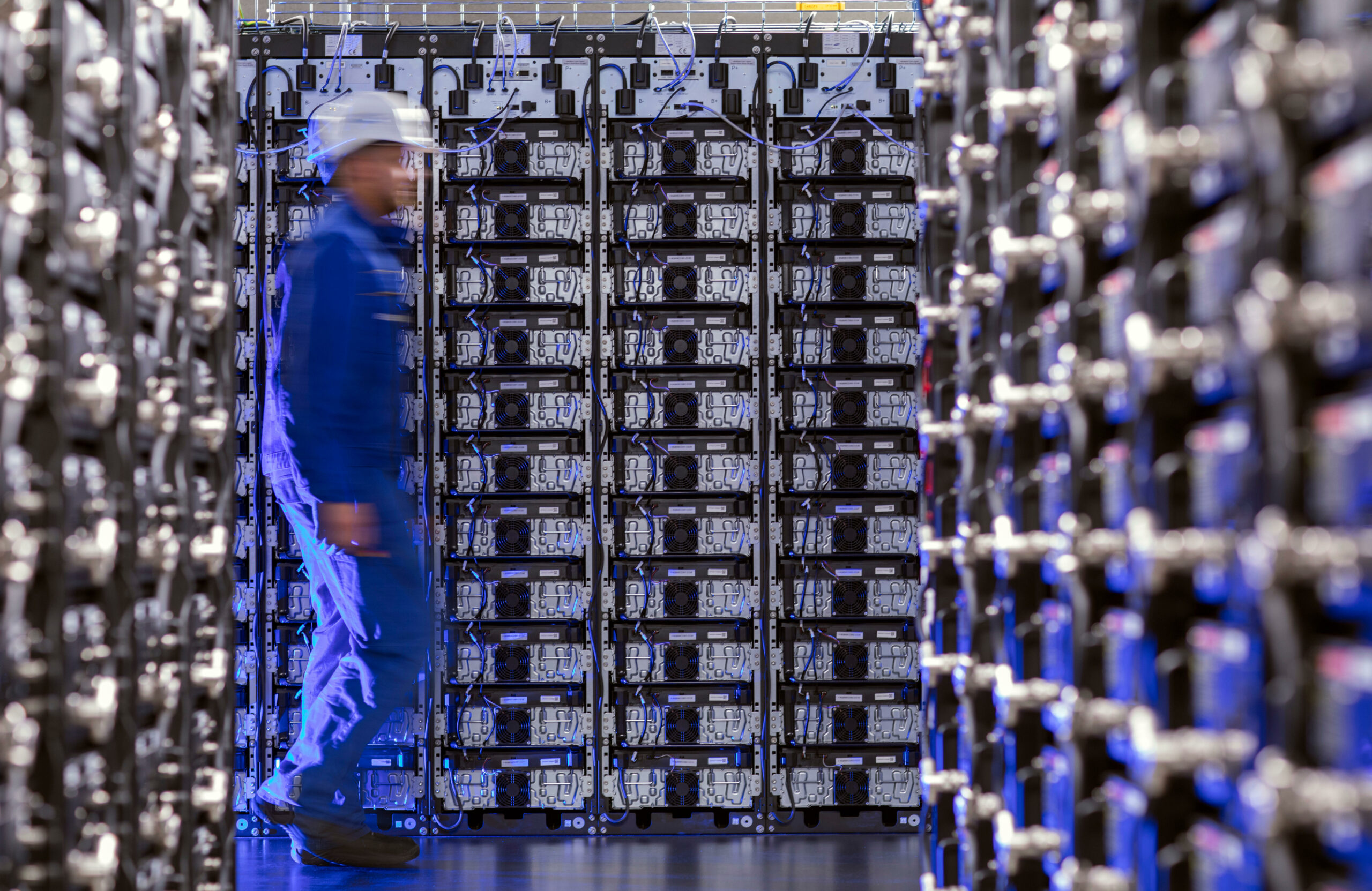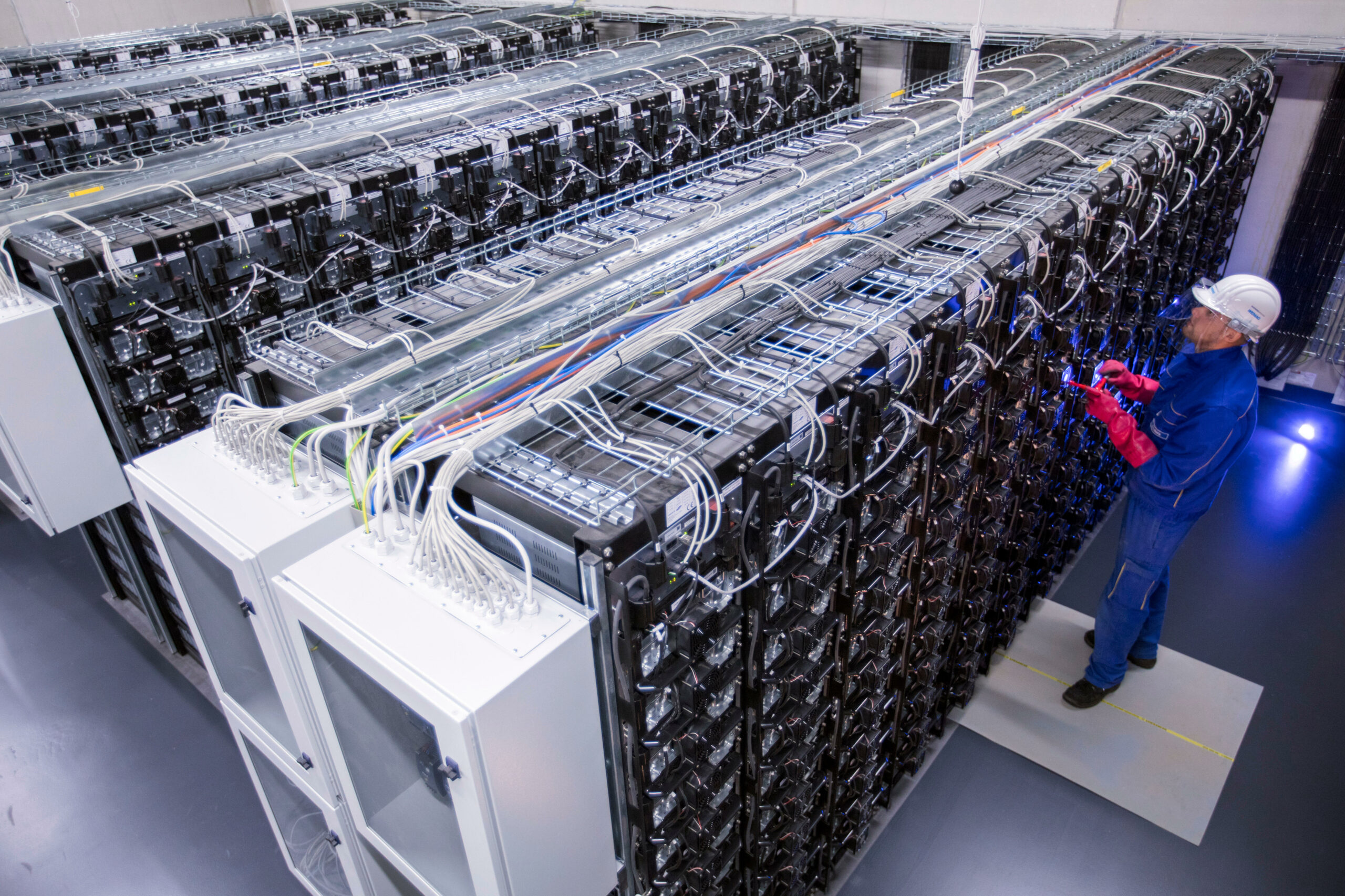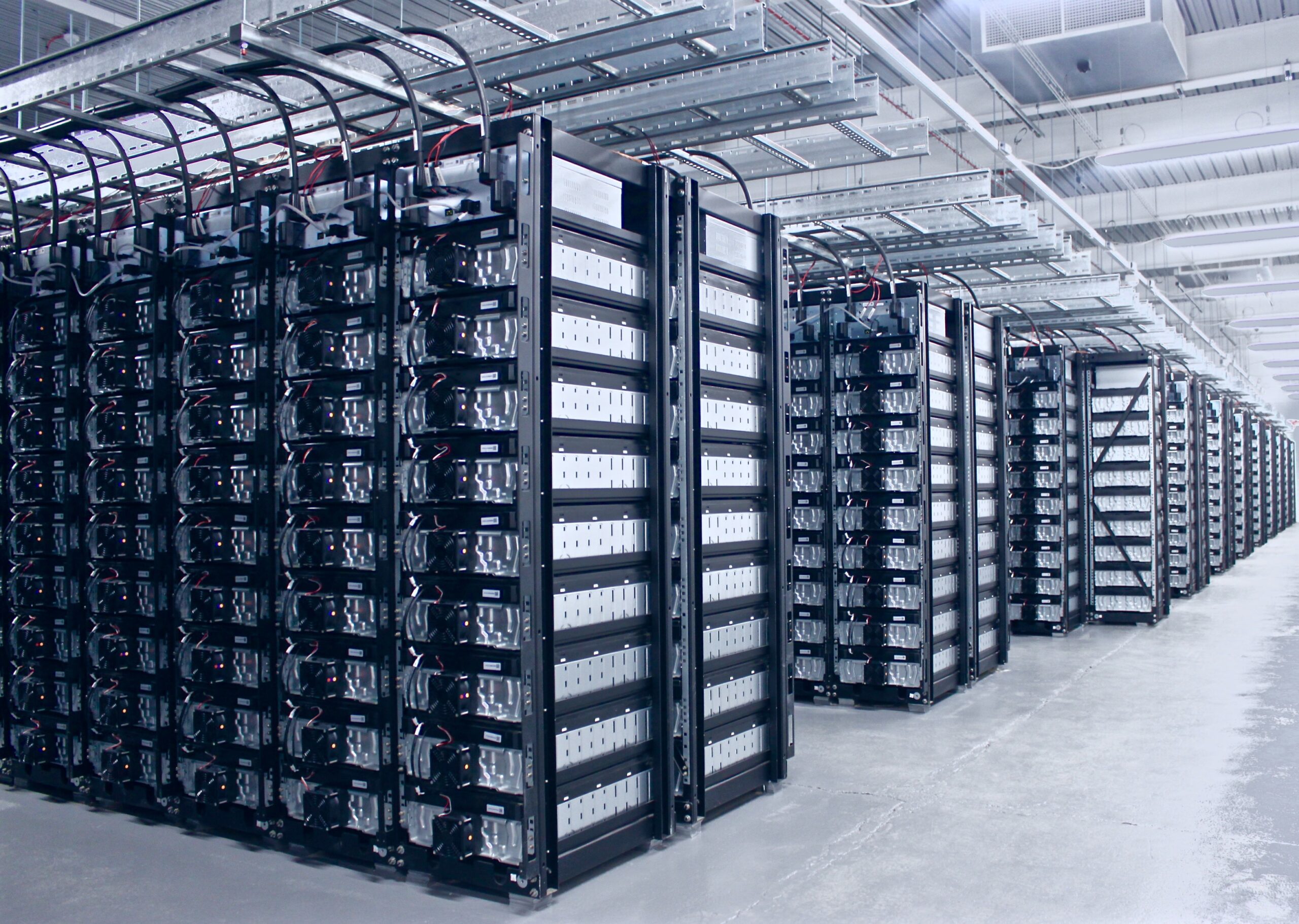Arenko, a leading battery software services provider to the global battery automation market, is pleased to announce the appointment of Jacob Monroe as Commercial Director.
Jacob joins Arenko from Advanced Microgrid Solutions, San Francisco, where he held the position of Vice President of Business Development. During his time at Advanced Microgrid Solutions, Jacob led the team that sourced, negotiated, and closed the rights to real estate and electrical load for more than 300MWh of distributed energy storage. That storage formed a virtual power plant that delivered vital electrical capacity to the grid in the wake of a retired local nuclear generating facility. It did so from behind client meters in an agreement with Southern California Edison, provided significant savings to commercial and industrial hosts including Fortune 500 companies and major public agencies, and qualified for State of California incentives. In overseeing business development of the portfolio, Jacob was part of the leadership team that commercialised a ground-breaking new asset class with a $200m project finance vehicle led by the global infrastructure financier Macquarie Capital.
Prior to his four years at Advanced Microgrid Solutions, Jacob led sales and customer service teams selling the Tesla electric vehicle during a period of rapid corporate growth and limited public understanding of EVs and their infrastructure.
Jacob has an Economics Major and German Minor from Willamette University, Oregon, USA.
Rupert Newland, Founder and CEO of Arenko Group, said:
“I am delighted to confirm the hire of Jacob Monroe as Commercial Director for the Group. Jacob brings a wealth of experience with him from his time at Tesla and more recently Advanced Microgrid Solutions. We see the hire of Jacob as a key component for the next stage of growth and we are confident that he will be a great addition to the Arenko Team.”
